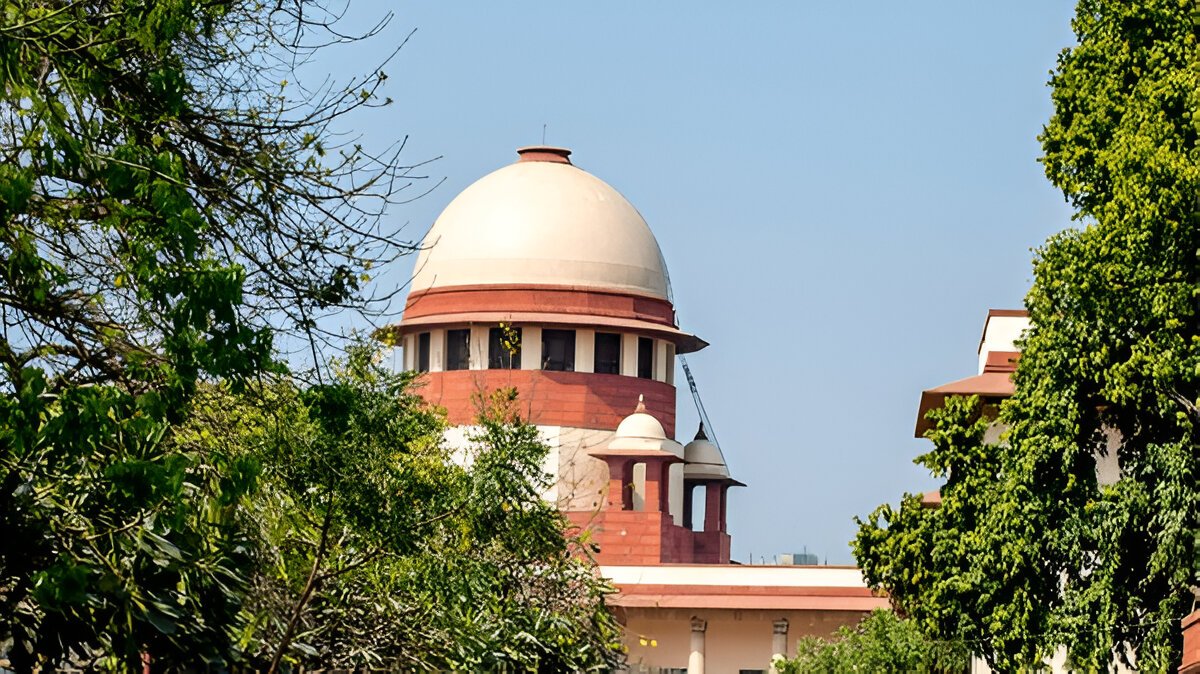Introduction:
On April 1, 2025, a dramatic exchange unfolded in the Supreme Court of India, when Justice Sanjiv Kant sharply criticized an NGO’s opposition to the establishment of a solar power plant. The case, which was brought before the apex court to challenge an order by the National Green Tribunal (NGT), quickly took a controversial turn when the judge questioned the motives behind the litigation. This moment not only shed light on the potential misuse of Public Interest Litigations (PILs) but also drew attention to the legal scrutiny of petitions that may have ulterior motives, potentially funded by competing interests.
The Background:
The appeal in question sought to challenge a ruling from the National Green Tribunal, which presumably involved environmental concerns regarding a solar power plant. Solar energy is a critical part of India’s renewable energy strategy and is seen as essential for meeting the country’s sustainability goals. The NGT’s decision was under review in the Supreme Court, but the tone of the hearing took an unexpected turn when Justice Kant questioned the NGO's real intent.
Justice Kant’s Remarkable Exchange:
During the proceedings, Justice Kant expressed serious concerns over the nature of the petition filed against the solar plant. As the counsel representing the petitioner tried to make a point by referring to certain documents, Justice Kant interrupted, seemingly skeptical about the validity of the opposition.
He directly questioned the NGO’s involvement with the sharp remark:
“Now you people are even against Solar Plants? What kind of environmentalist are you?”
This was followed by a more pointed inquiry:
“Who has planted you? What kind of NGO are you? WHO IS FUNDING?”
Justice Kant did not stop there, continuing to probe the matter further:
“SOME KIND OF COMPETITOR IS FUNDING THIS LITIGATION.”
These strong comments sparked intense debates across legal and environmental circles. The suggestion that a competitor could be funding the litigation raised concerns about the potential abuse of the judicial system by parties with commercial interests.
Public Interest Litigations (PILs) and Their Abuse:
The Supreme Court’s remarks have renewed discussions about the increasing misuse of Public Interest Litigations (PILs) in India. PILs were originally conceived to empower individuals and organizations to address issues of public interest that require judicial intervention. However, over the years, there have been growing concerns about PILs being used for purposes other than public welfare — specifically, to further hidden commercial interests.
Justice Kant’s comments allude to the possibility that the litigation might be a strategic maneuver by a competitor, leveraging the legal system to hinder the progress of solar energy initiatives. This raises crucial questions about the motivations behind PILs and whether the judiciary should place more emphasis on thoroughly vetting such petitions.
The Role of the Judiciary in Environmental Cases:
This incident underscores the growing caution with which the judiciary is approaching environmental litigation, particularly in cases involving clean energy projects like solar plants. As India pushes for greater investments in renewable energy to meet its climate goals, the judiciary must balance environmental protection with the need for sustainable development.
Justice Kant’s comments also suggest a broader concern about the integrity of environmental NGOs and their role in legal proceedings. Are these organizations acting in genuine environmental interest, or are they being used as tools by other parties with competing agendas?
The Legal and Ethical Implications:
The legal implications of such cases are significant. If it is proven that this petition was funded by a competitor with a vested interest in blocking the solar plant, it could lead to severe repercussions for those behind it. The ethics of PILs would also come under intense scrutiny, leading to calls for reforms that ensure PILs are used only for genuine public interest.
Furthermore, the issue of transparency in PIL cases may need to be addressed. The judiciary may have to set clearer guidelines regarding the disclosure of funding sources and the motivations behind petitions. This would help prevent the misuse of the legal system for purposes unrelated to genuine public welfare.
Conclusion:
The Supreme Court’s sharp questioning of the NGO’s motives in this solar plant case highlights an ongoing concern about the potential abuse of PILs. As the judiciary becomes increasingly cautious about the true intentions behind environmental petitions, it is essential to ensure that the legal system remains a tool for justice rather than for corporate or commercial agendas. The case serves as a reminder that while environmental protection is vital, the transparency of the legal process and the credibility of those involved in PILs must be prioritized to safeguard the integrity of judicial proceedings.
As the matter continues under judicial consideration, it will be interesting to see how the court addresses the allegations of hidden funding and the future of PILs in the Indian legal system. The case also sets a critical precedent for the way the courts handle cases that involve both environmental protection and competing commercial interests.

